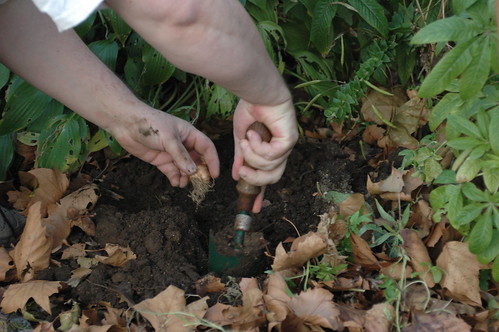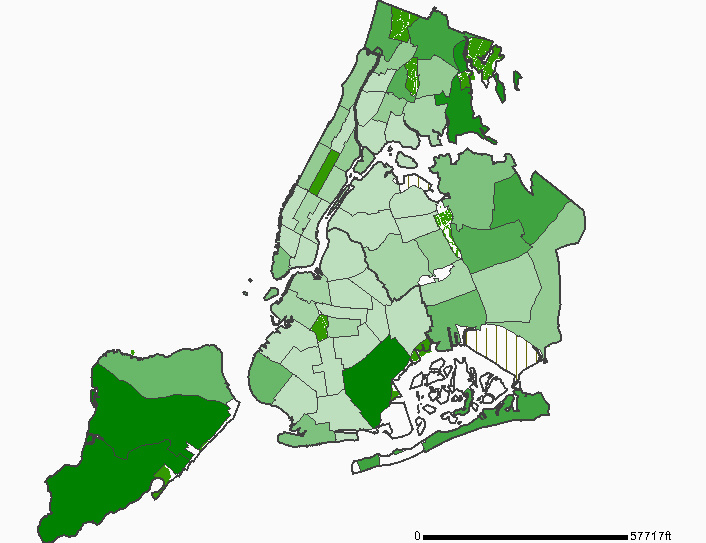This afternoon, Blog Widow and I had brunch at Picket Fence on Cortelyou Road, then strolled through Ditmas Park and Ditmas Park West. Yes, yes, there are beautiful houses there. But today it’s about Newkirk Avenue.
Watching You
A half-block from the Newkirk Avenue subway station is this imposing array of surveillance cameras. I’m sure I’m recorded somewhere now, and facial recognition systems will soon match this suspicious character to my 25-year old blog profile photo, my identity revealed.
Christ My Sufficiency
This is just south of Newkirk Avenue on Rugby Road. The sign caught my eye, as well as Blog Widow’s. He said I had to take a picture of this store-front church. He’s in the biz, so I assume it’s out of professional interest.
Of course, I had to ask him, “What’s a FourSquare Church?” It was founded by Aimee Semple McPherson in 1927. Which doesn’t explain anything to me. I’ll read the Wikipedia article later.
MYSTERY SOLVED! Bitter Melon on Newkirk Avenue
Frank Jump, neighbor and general cohort, identifies these objets as bitter melons. It looks like a hairy, warty cucumber. It just doesn’t say “Eat ME!” to me.
Two Guys
I was taking a photo of the Drupali Grocery on Newkirk Avenue when these guys told me to "Make it a good picture!"
Each said I should take a picture of the other guy. So I asked to take a shot of both of them together. This was the third and last photo, after I prompted them to "smile!"
Welcome in Eleven Languages
This is the sign on the corner of the Newkirk Family Health Center, at the northeast corner of Newkirk and Rugby Road.
I don’t even recognize half of the alphabets, let alone the languages.
The first four are English, Spanish, Russian and French. I recognize Hebrew second from the bottom. I think the bottom one is Arabic script, and fourth from the bottom are Chinese characters.














